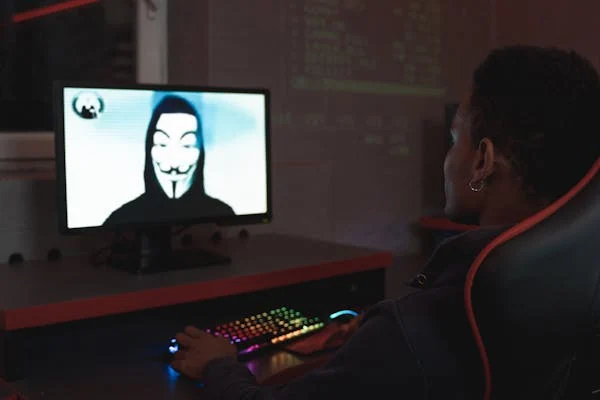What is the First Computer Virus in the Philippines?

The ILOVEYOU virus, also known as Love Bug or Love Letter virus, made its debut on May 4, 2000 and quickly spread worldwide. Although this worm caused significant damage, its impact also revealed gaps in cybersecurity awareness awareness.
Onel de Guzman of AMA Computer College designed and included this malicious worm as part of his final thesis project – however he will not face any criminal charges for unleashing it onto unsuspecting victims worldwide.
What was the motive behind creating the ILOVEYOU virus?
What is The First Computer Virus in the Philippines. Computer viruses and worms have long wreaked havoc on computer systems, particularly since the advent of the Internet. One particular virus known as the ILOVEYOU ransomware proved especially destructive as it infiltrated millions of computers around the globe and caused billions in damages – particularly since it exploited human curiosity by employing social engineering tactics to gain entry.
ILOVEYOU was a widespread email virus that infiltrated users’ computers before sending copies to their contacts. Once infected, the ILOVEYOU would overwrite important system files resulting in corrupted data and computer crashes resulting in lost productivity for businesses and governments worldwide.
Onel de Guzman was the mastermind behind the ILOVEYOU virus and developed it while still at university in the Philippines. An accomplished and curious programmer, Onel was never punished due to a lack of evidence and cybercrime laws in his home nation at that time.
Who was the author of the ILOVEYOU virus?
Onel de Guzman was an innovative Filipino college student who developed and released the ILOVEYOU virus worldwide in 2000 via email attachments, causing irreparable harm to computers around the globe.
This macro virus infiltrated computers by embedding itself within programs and documents – unlike boot sector viruses which infect hard disk drives directly. It would then execute whenever users opened any attached file. Unlike boot sector viruses which only attack hard drives directly, macro viruses infiltrated all available systems by embedding themselves within programs and documents – including programs and documents themselves!
De Guzman had developed the malware for his undergraduate thesis at AMA Computer College, but his instructor wrote in the margins of his paper: “we don’t produce burglars” and “this is illegal”. But de Guzman never imagined his malware would become so deadly.
De Guzman remains unpunished for creating the ILOVEYOU virus due to an absence of criminal law covering cybercrime at that time in Philippines law. Now working as a phone repair shop owner in Manila, De Guzman’s creation caused global attention through legislation changes and increased cybersecurity awareness awareness.
How did the ILOVEYOU virus spread?
The ILOVEYOU virus spread by tricking unsuspecting recipients into opening email attachments containing malicious code, then overwriting essential system files resulting in computer crashes and corruption of data. Furthermore, copies were sent back out through each victim’s contact list quickly spreading infection worldwide.
The outbreak of the ILOVEYOU virus garnered widespread media coverage and resulted in significant shifts in cybersecurity practices, prompting many individuals to exercise caution when downloading or opening emails from unfamiliar sources.
Onel de Guzman claimed he created his virus to try and gain internet access passwords; he included it as part of his final thesis while studying as an undergraduate computer student at AMA Computer College in Manila; however, due to a lack of laws addressing virus writing at that time he was not charged with any criminal acts and in 2020 could still be found working at a modest phone repair shop there.
What was the impact of the ILOVEYOU virus?
The ILOVEYOU virus was one of the most virulent computer viruses ever to emerge and changed the way we think about cybersecurity. Spread via email attachments worldwide, its destruction affected millions of computers belonging to both people and companies worldwide.
Ford Motor Company and AT&T were forced to shut down their systems due to its rapid spread, as were government organizations such as Pentagon, CIA, Parliaments in Denmark and U.K. Additionally, this computer virus consumed memory resources, destroying files and corrupting systems.
Onel de Guzman, who created the ILOVEYOU virus, remained free from prosecution as the Philippines at that time did not have laws prohibiting computer hacking or malware creation. Later he retired from computer work to run a mobile phone repair shop in Manila where he currently runs his mobile phone shop; and has expressed regret over writing ILOVEYOU virus saying he wishes he hadn’t. Furthermore he believes internet access should be considered a basic human right.


